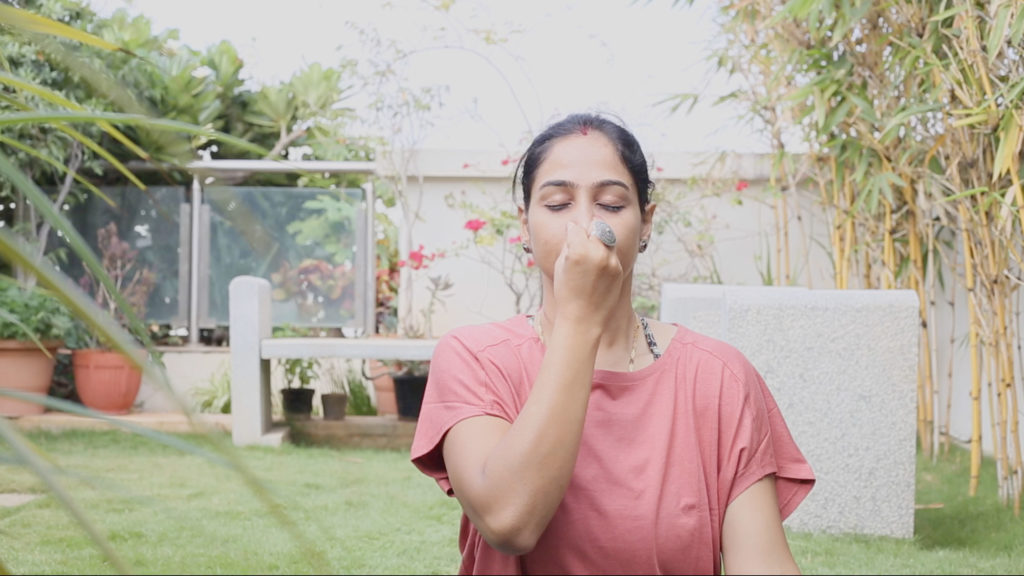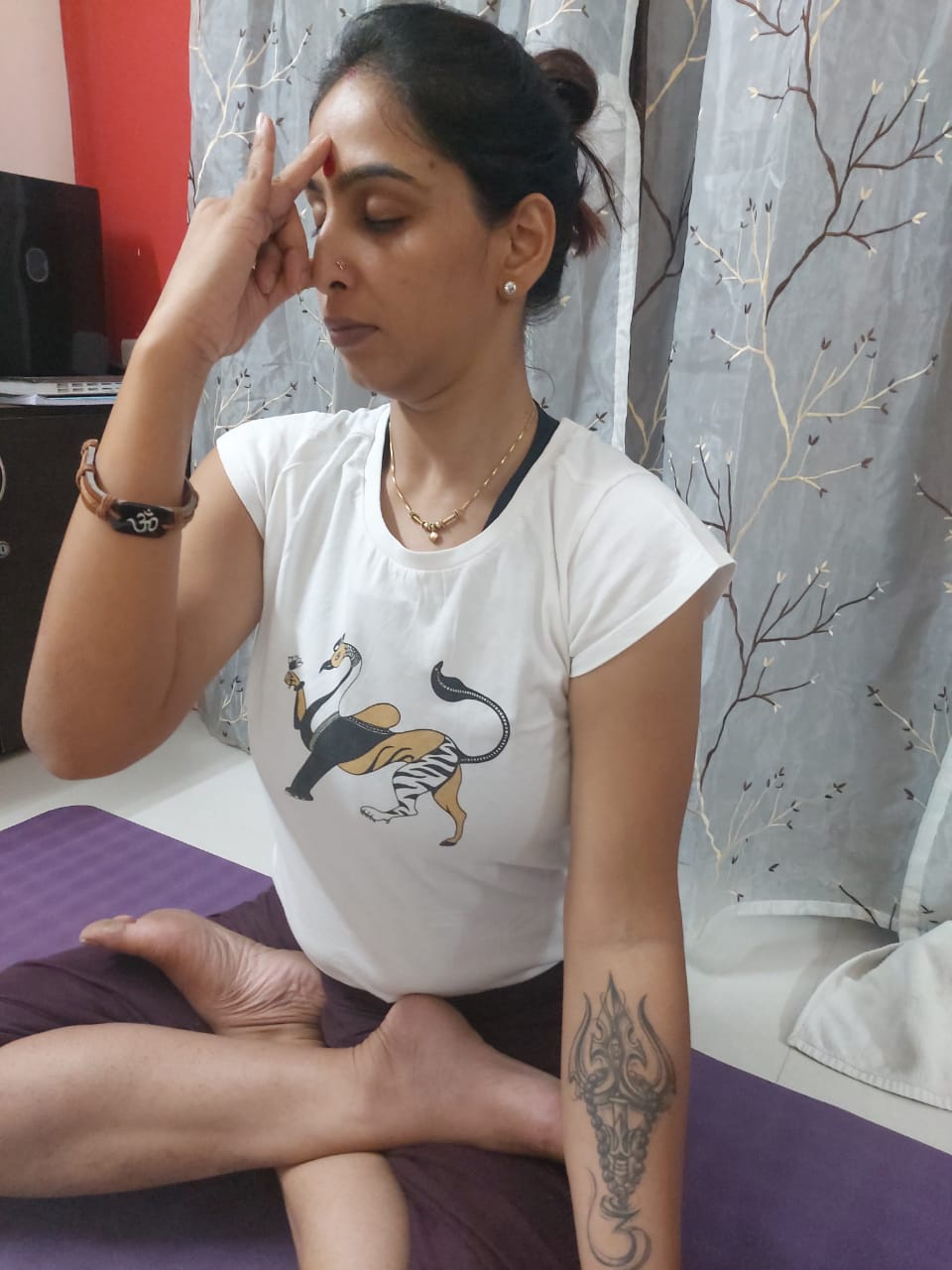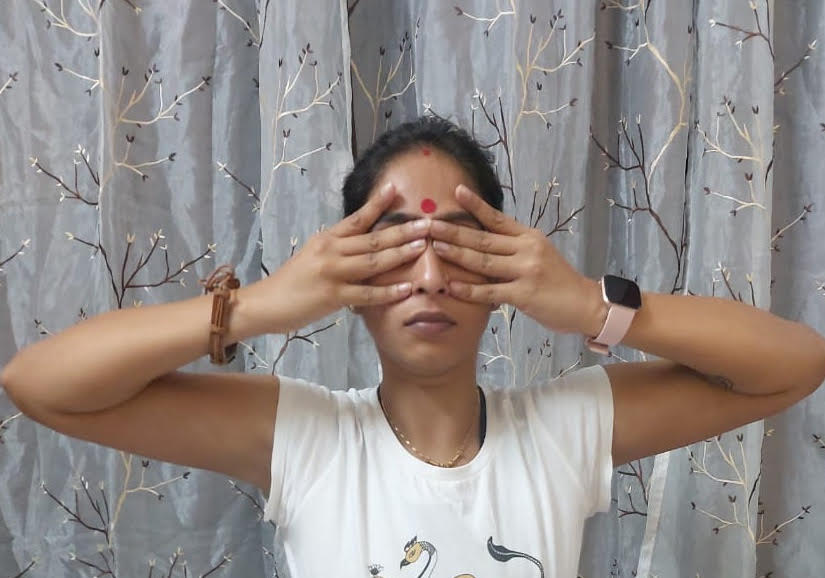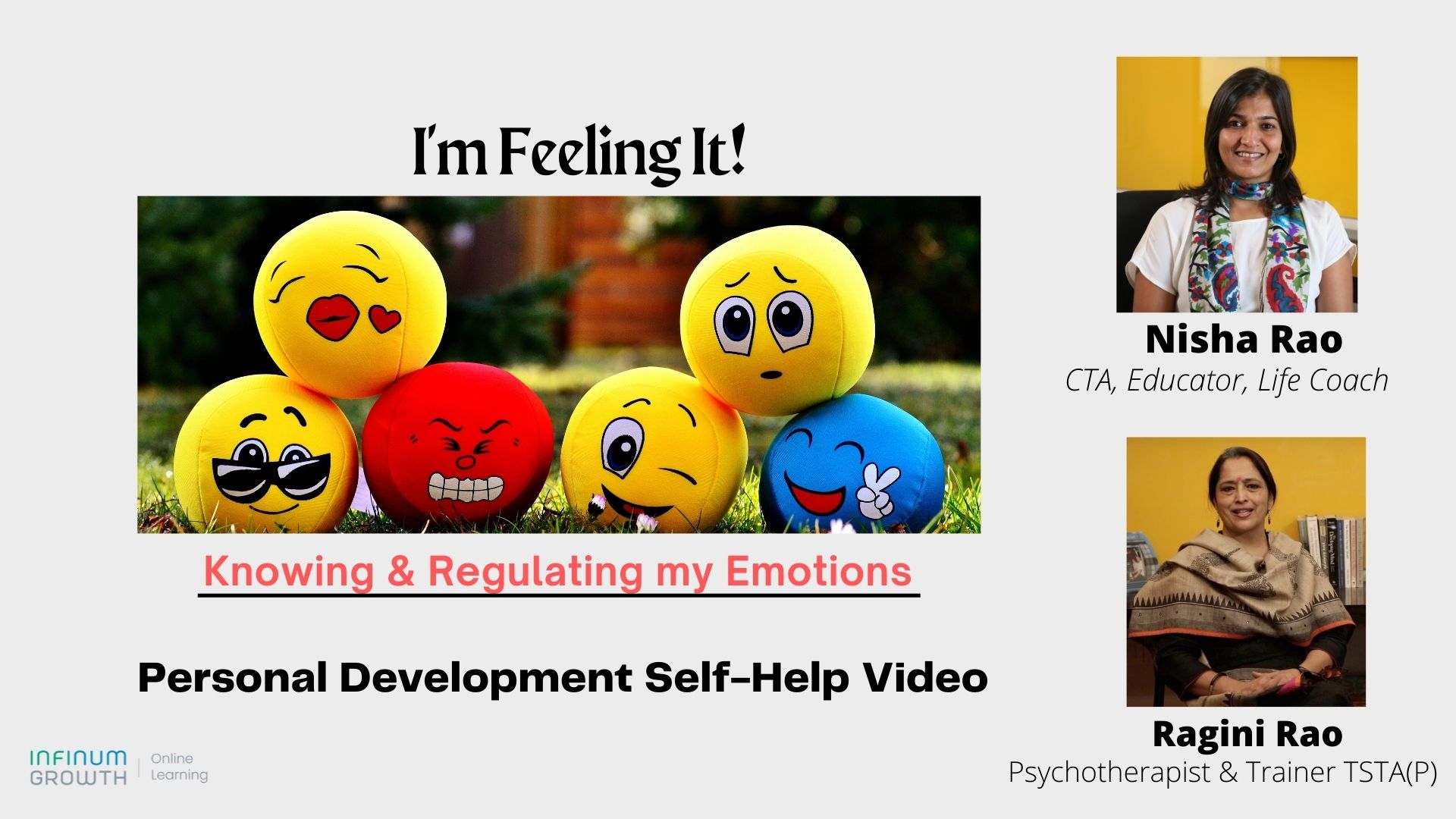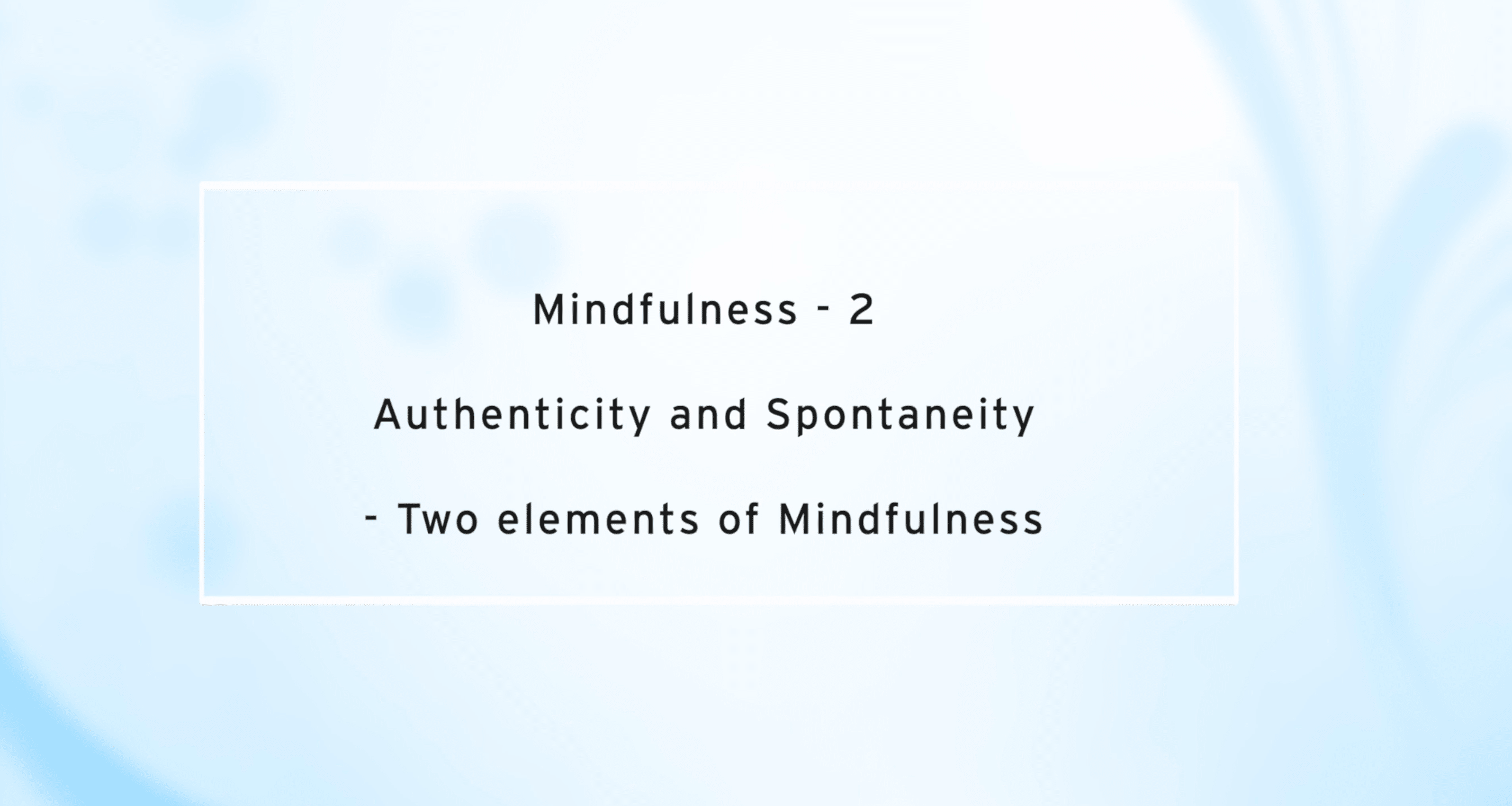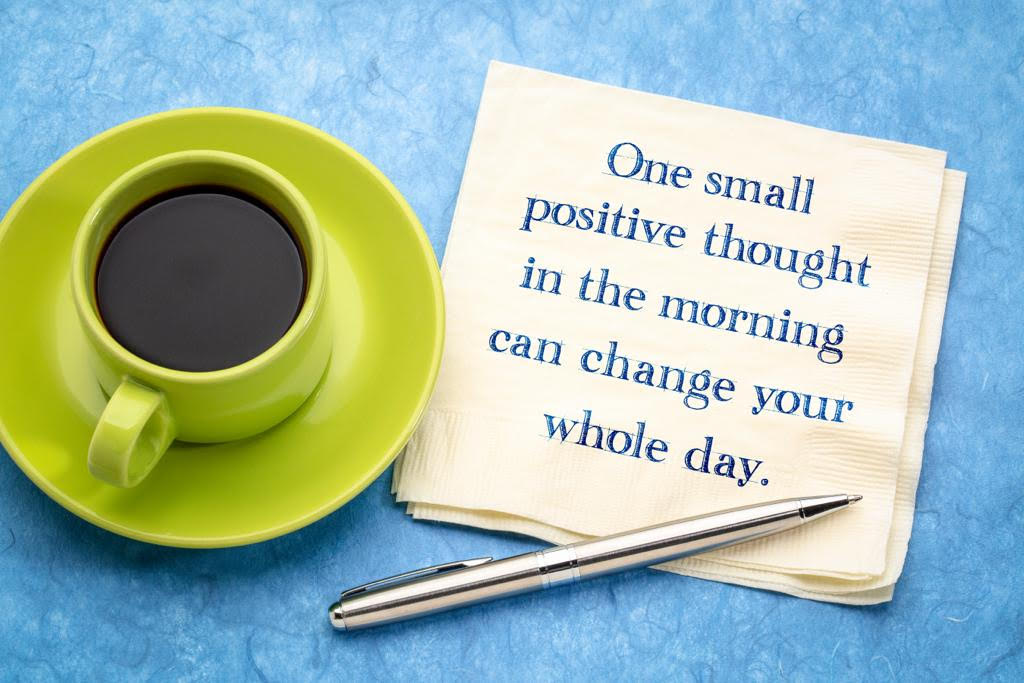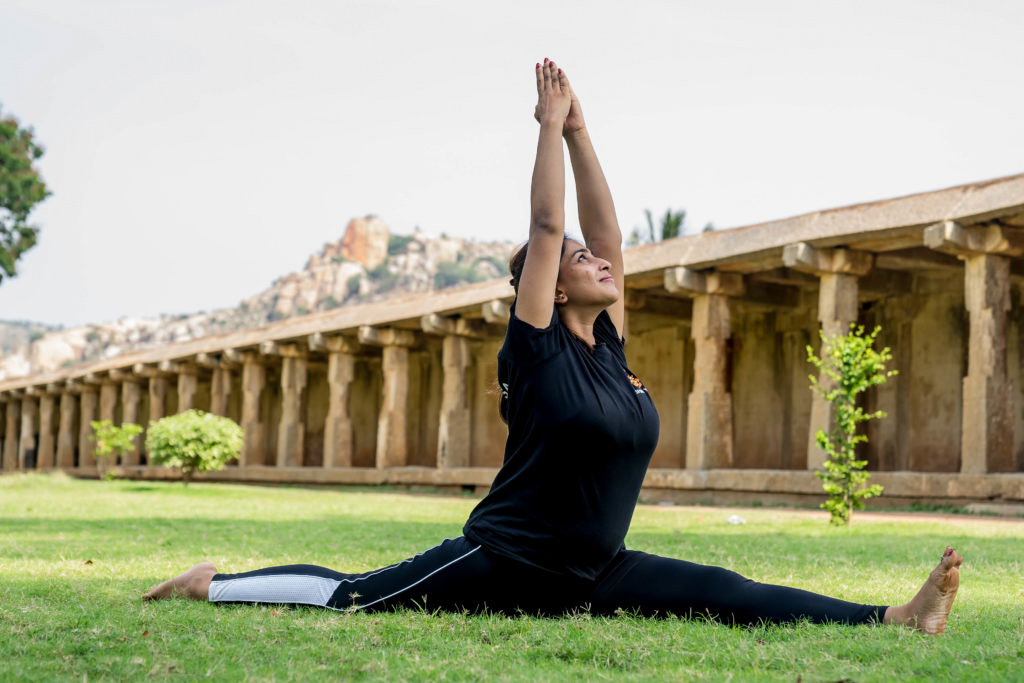In a period when there is a high level of fear and uncertainty, coupled with an explosion of unverified news and gossip, the one thing that can keep us functioning is our ability to distance ourselves from the emotions and stay stress free while going about our daily activities.
Yoga provides the tools to keep the body and mind healthy and at peace. One of the basic exercises in this is Pranayama.
The meaning of Pranayama
Pranayama in its simplest form can be understood as the LIFE FORCE which is within each one of us. It is composed of two words “Prana” which means the life force or the vital energy & “yama” which means control .
Pranayama is typically defined as a practice which is designed to control the prana within the body by means of breathing techniques, locks, etc. There are lot of research stating and proving the benefits of pranayama for one’s overall development. It has immense benefits towards our body, mind and soul.
Before even starting Pranayama, we must understand the basics of it. In Yoga, we categorise breath into three stages:
- Inhalation ( Puraka)
- Retention (Antara Kumbhaka) and
- Exhalation ( Rechak)
BKS Iyengar, the founder of one of modern yoga’s most prominent schools, has spoken about how these stages of the breath can connect us to the universal soul. He talks about the contact of the breath against the inner lung as the connection between universal soul and individual self. When we consciously retain the breath, we are organizing our thoughts and experience. We must keep the mind connected to the experience of the body to know when it’s time to exhale.
Two simple Pranayama exercises
Now without getting much into the theoretical aspects, let me take you directly to the two very basic pranayama exercises, which can help us to keep the mind calm, stress free, balanced, happy and in turn successful in life.
These basic Pranayama exercises listed below can be practiced by people of all age groups and of any profession.
1. Alternate Nostril Breathing
This is also called Nadi Shodhan, cleansing of the Nadis within the body. Here’s a description of one cycle of this exercise :
- Sit in a comfortable position with your legs crossed, place your left hand on your left knee in Gyana Mudra.
- Lift your right hand up toward your nose. Use your right thumb to close your right nostril.
- Inhale through your left nostril and then close the left nostril with your fingers.
- Open the right nostril and exhale through this side.
- Inhale through the right nostril and then close this nostril.
- Open the left nostril and exhale through the left side.
Do this exercise, slowly, inhaling softly just enough to fill the lungs. Do it at least ten times for each nostril.The exercise helps us relax while, the mind stays focussed on the breathing and the lungs get their full quota of fresh air.
Ideal to be done early morning, sitting in an open place.
2. Brahmari Pranayama
In this exercise, one has to make a sound like a humming bee while exhaling.
- Sit in a comfortable position.
- Close your ears with the thumb and eyes with fingers.
- Inhale completely.
- Take in air till you sense it reaching your diaphragm.
- Then exhale, while making a sound like a humming bee(saying hmm, so that the sound reverberates inside you).
The Brahmari Pranayama has an amazing effect on the entire head area and the brain, due to the sound vibrations, giving a relaxing and de-cluttering feel.
Effects of Pranayama
Due to a sedentary life, corporate professionals cultivate stress, anxiety, breathing issues, etc. Practising of above pranayama exercises will definitely help in:
- relaxing your body and mind
- reducing anxiety, frustration, anger
- promoting overall well-being
- bringing more focus and awareness
- Increasing mindfulness
- Improving lung function and respiratory endurance
- Lowering heart rate thereby improving cardiovascular health
I will take you through the deeper and advanced stages of pranayama in my next article.
Until then, keep practising the basics and aim for your overall well being.
Namaste!
Please do leave your comments at the bottom and do share with others if you like this article.


